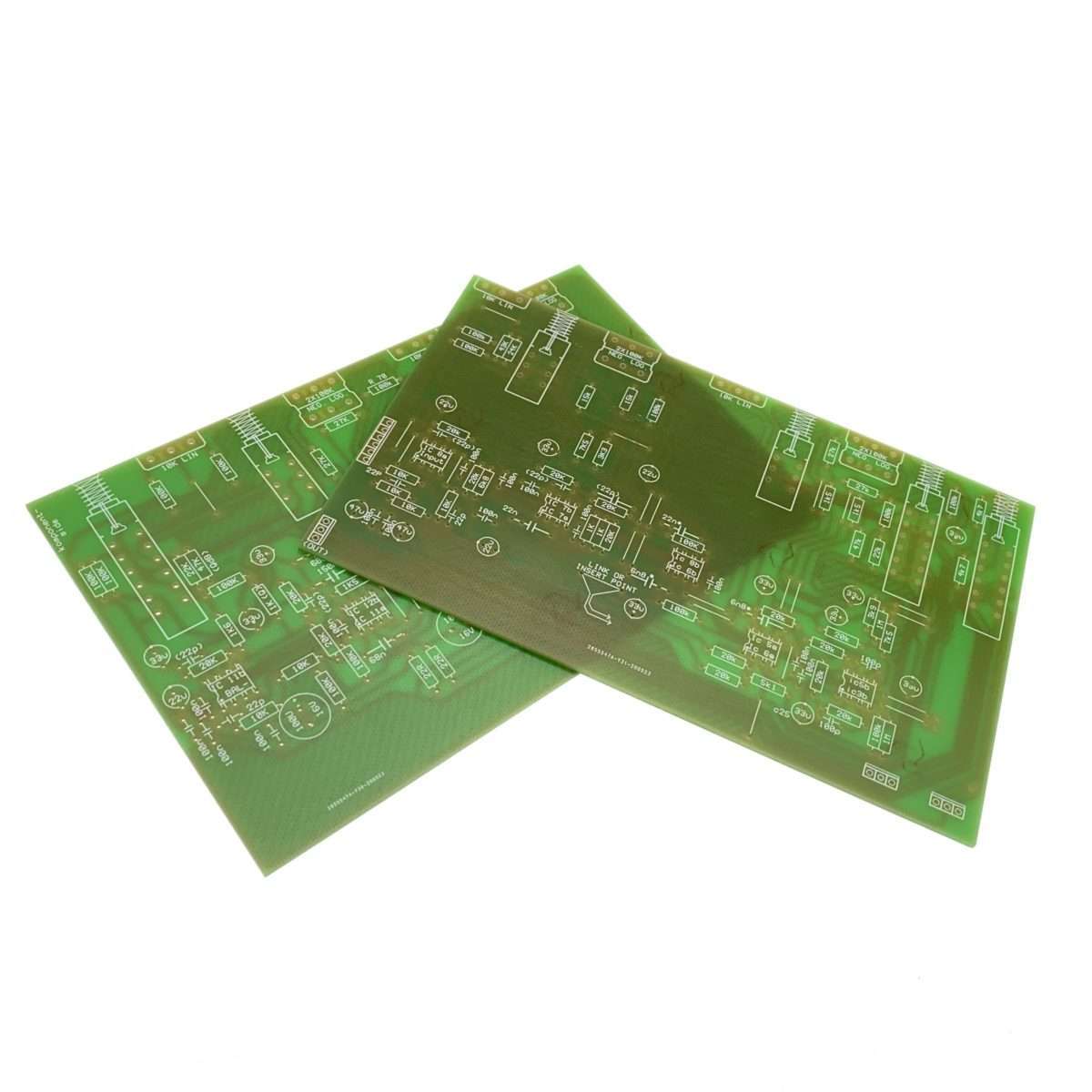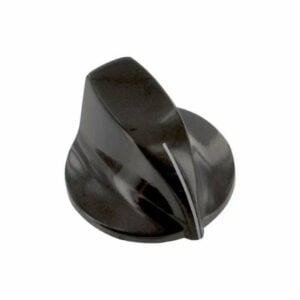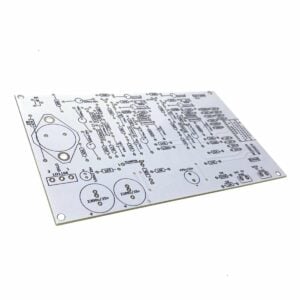This is the starting point for building your own DIY Calrec equalizer. This was the circuit found in the famed Calrec UA8000 “Polar” console. Amazing sounding unit for very few dollars when completed. A special thanks to Gyraf Audio for making this design available. We are an authorized dealer of these kits.
“The Calrec PQ1549 is a classic no-nonsense parametric equalizer from the famous (and huge!) Calrec “Polar” desk, that were only manufactured in very small numbers. I believe that there’s less than 15 desks like this left worldwide.
This is an adaption of the original Calrec PQ1549 module to components and parts that are available (hopefully) everywhere. Adaption includes removal of the mic preamp, filters and switching, changing to newer and even better opamps, adding electronically balanced input and output and a hardwired bypass switch. No doubt that some of you would have liked the Micamp and all, but these imply quite a few not-so-easy-to-get components. So I’m going for the raw EQ section.
Looking on the redrawn schematic, we first have a standard debalancing input buffer, converting our balanced input signal to unbalanced, and feeding a series of four amplifiers connected one to each’ own filter section, and finally balanced again for the output.
The four inverting add/subtract amplifiers – working in series – has the filters’ inputs connected to either the stage input (at max. boost) or to the inverted stage output (at max cut). Keeping in mind, that the output from each stage is a inverted replica of the input, it’s easy to see that when the dB+/- pots are in their centre positions, the normal and inverted signals cancels out, and no signal is applied to the filter section input. The output from the filter sections are added in with the inverting inputs of the amplifier stages, effectively boosting or cutting any frequency that the filter sectionlets through.
The four filter stages are – more or less – standard state variable filters. Their frequency is controlled by a 2x100K negative logaritmic potentiometer, which is the only “hard to get” component in this design. The “Q” factor is switchable high or low, the switching also controlling filter gain to acheive a constant gain-versus-Q. The “Shelving” switches on the low and high end also bypasses the “Q” switch.”










Reviews
There are no reviews yet.